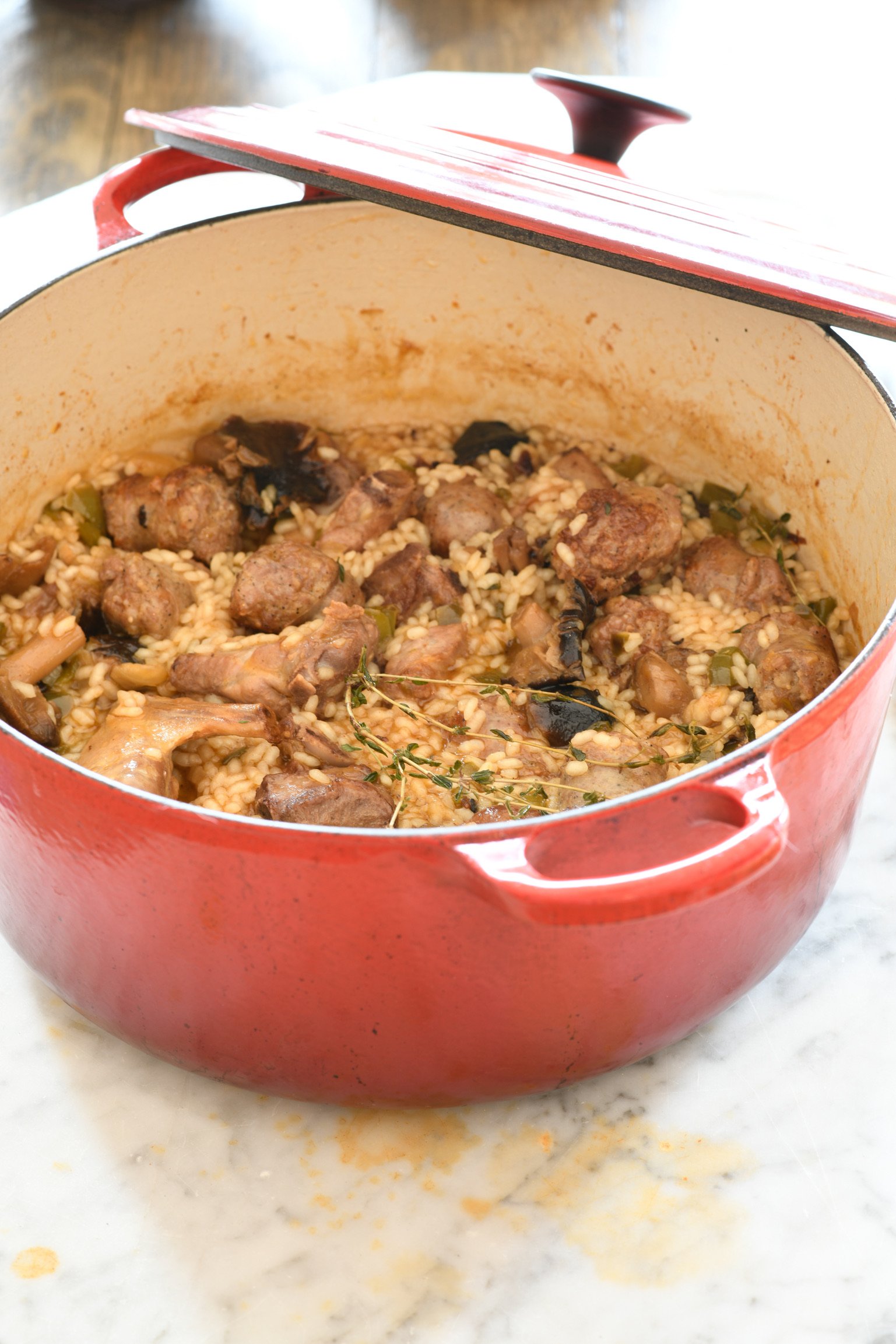The Catalan Rice: From Delta de l’Ebre to Pals
We explore the history of Catalan rice, from the vast wetlands of Delta de l’Ebre to the historic fields of Pals—two landscapes where land, tradition, and gastronomy are deeply entwined.
Delta de l’Ebre , Catalonia
When we think of Catalan cuisine, we often picture fire-roasted calçots, seafood stews, or slow-cooked meats. But one ingredient quietly holds it all together—the rice. Humble, essential, and full of history, rice in Catalonia is more than a side dish. It's part of the landscape, the culture, and the rhythm of the seasons.
Delta de l’Ebre: Where the land breathes rice
Much of Catalan rice production is concentrated in the Delta de l’Ebre region. And this makes total sense: the sunshine, climate, salinity, as well as the water that collects on the soil make Delta de l’Ebre ideal
for cultivating rice. Rice cultivation works in tandem with the region’s ecosystem. In fact, the Delta is now a protected national park, as well as one of Catalonia’s most visited sites.
CULTIVATING RICE IN DELTA DE L’EBRE
Rice cultivation in Delta de l’Ebre began in the nineteenth century, when it became a fundamental pillar of the region’s culture and cuisine. Nowadays, the cultivation process kicks off around February or March, when the land starts being prepared for April flooding, at which point the rice is planted. The rice grows and matures until the harvest in September. Then, the rice goes through a drying process and is stored, bleached, cleaned, and packaged. The rice boasts a Protected Designation of Origin (PDO) seal as a guarantee of its quality. Today, almost 300 million pounds of rice are produced every year. Today, six rice varieties are authorized under the Delta de l’Ebre seal: Bahía, Bomba, Fonsa, Gleva, Montsianell, Sènia, and Tebre.
LA PLANTADA AND LA SEGA HOLIDAYS
Two main festivities celebrate rice cultivation in Delta de l’Ebre. The Planting Festival is celebrated every June, and later, in September and October, the Harvest Festival is held. These festivities include popular song
and dance, as well as recreations of the traditional rice- harvesting process, with performers donning apparel from the olden days. As in every other festivity across Catalonia, these two also include food tastings. In Delta de l’Ebre, rice is, of course, involved.
Pals, Catalonia
The Legacy of Rice in Pals: A Sustainable Tradition Rooted in History
Just as in Delta de l’Ebre, the sunshine and climate in Pals have pushed rice cultivation to become a pillar of the Empordà region’s cuisine and economy. Pals produces far less rice than the Delta, but it’s also
of excellent quality and is highly prized in culinary circles. Furthermore, the rice harvest in Pals is environmentally friendly, ensuring its compatibility with the birds that share the space.
Rice started being cultivated in Empordà in the fifteenth century, if not earlier. In the sixteenth century, it was consolidated as one of the area’s main agricultural activities. However, in the early nineteenth century, rice cultivation completely disappeared from many areas after a royal decree banned the practice, which was associated with malaria and other illnesses due to water contamination in the rice fields. Starting in the twentieth century, permission to harvest rice was granted again, with the practice peaking in the 1950s.
VARIETIES OF RICE FROM PALS
Rice from Pals varies in length, though it is often white and very fine in texture. Bahía, Tebre, and Sènia varieties are the most common. Just as with rice from the Delta, the planting cycle in Pals starts up in February and March and ends with the threshing in September. One unique feature of this rice is that, since it matures later on, the grain is more resistant to cooking.
More than a crop
In both the Ebro Delta and Pals, rice is more than a crop. It’s a reflection of the land and the people who have worked it for generations. It carries with it the stories of adaptation, celebration, and care—for the environment, for heritage, and for the table.
At The Catalan Table, we honor these traditions. Through our food tours, we invite you to walk the fields, meet the producers, and taste the rice where it was born—cooked with the same love and reverence it’s always had.
Join us on a journey through Catalonia’s rice landscapes
Explore our Food Tours today.






